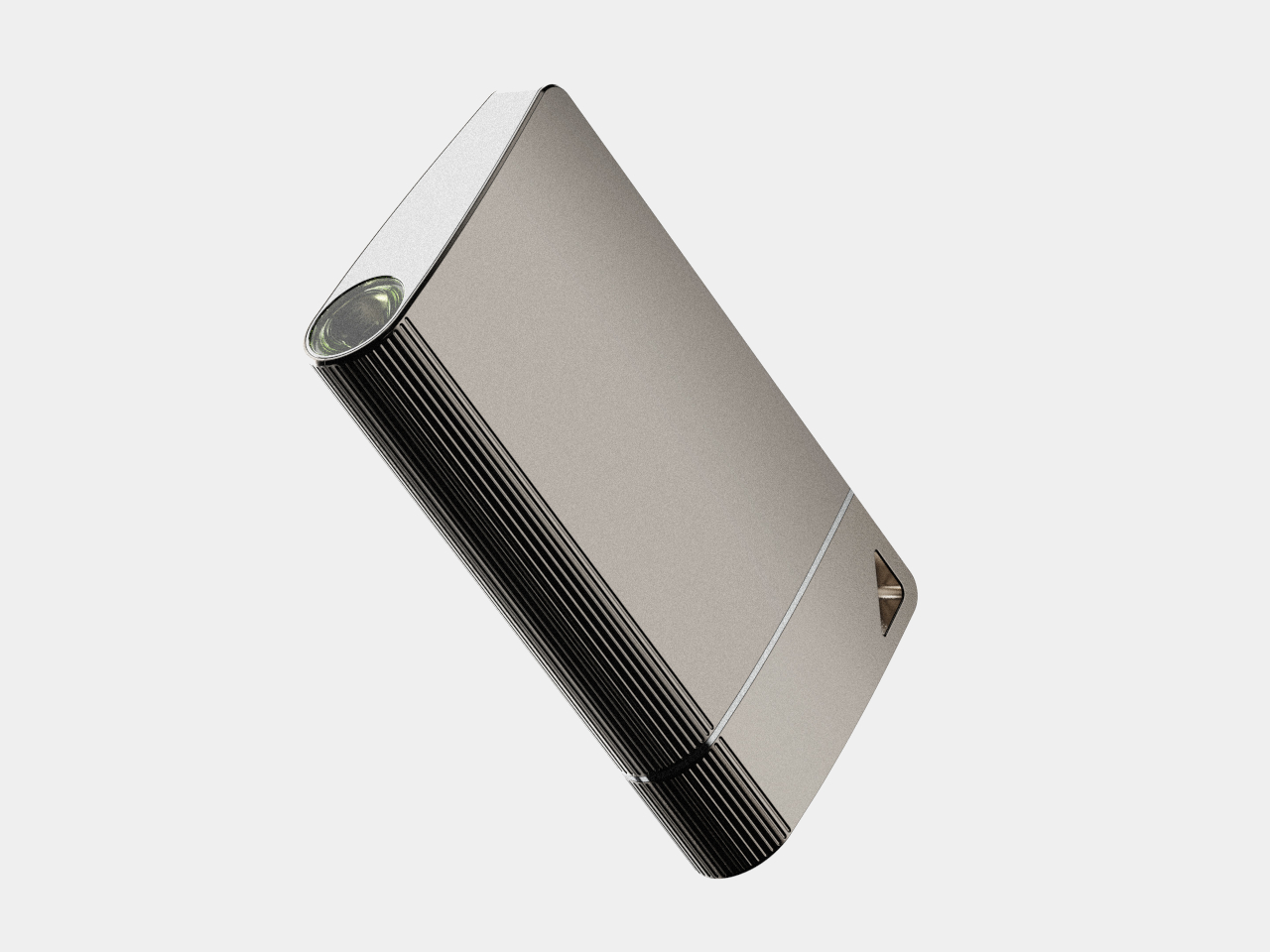
There’s no rule that says everyday tools need to be mundane and boring. With the trend in everyday carries and kits, people are discovering how ordinary objects can become more interesting or even more functional by changing their designs. Sometimes that means giving the object a fresh new look, one far removed from the original design and yet even more familiar to people. A flashlight, for example, doesn’t have to just be a cylindrical or rectangular stick you point with, and this concept design runs with that freedom to envision alternative forms, giving it the shape and interface of one of the most familiar products of this age: our smartphones.
Designer: Sihyun Choi
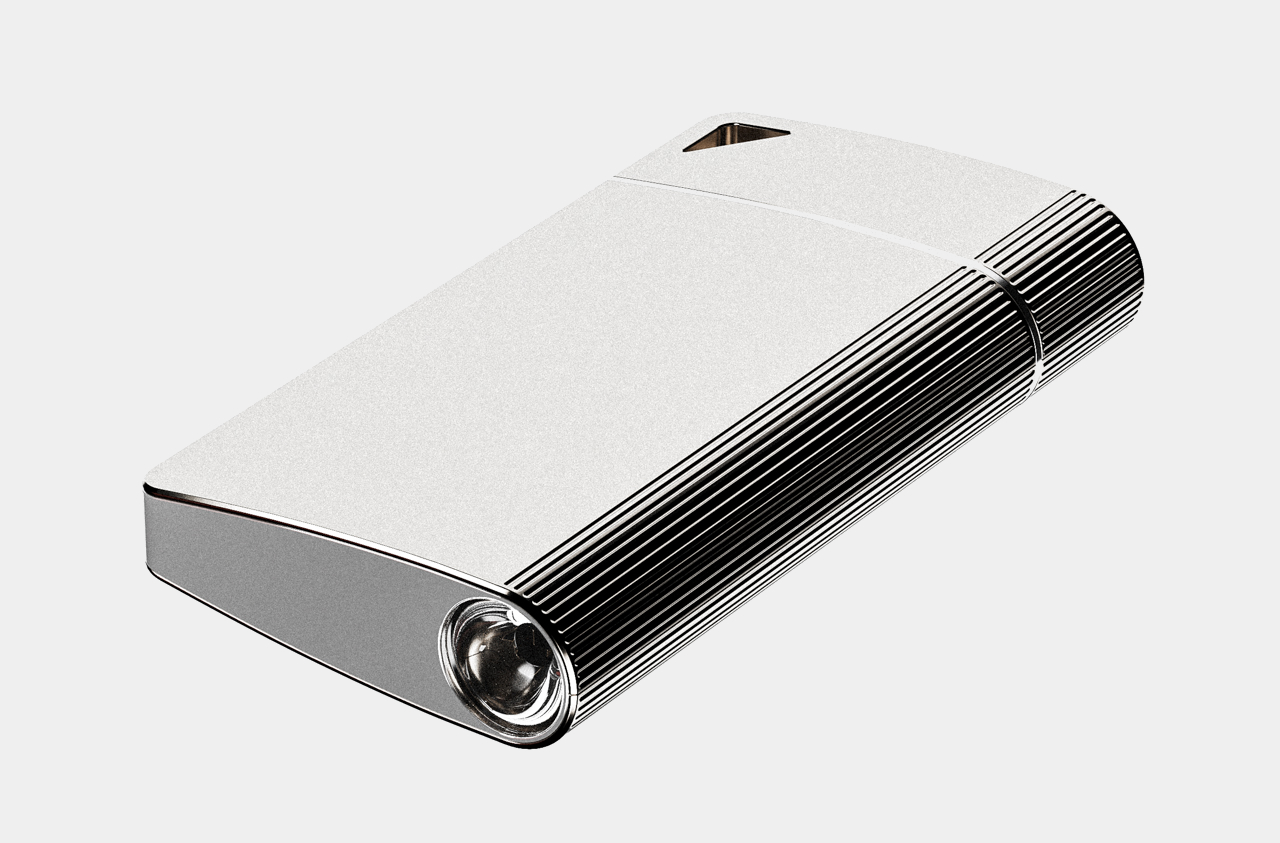
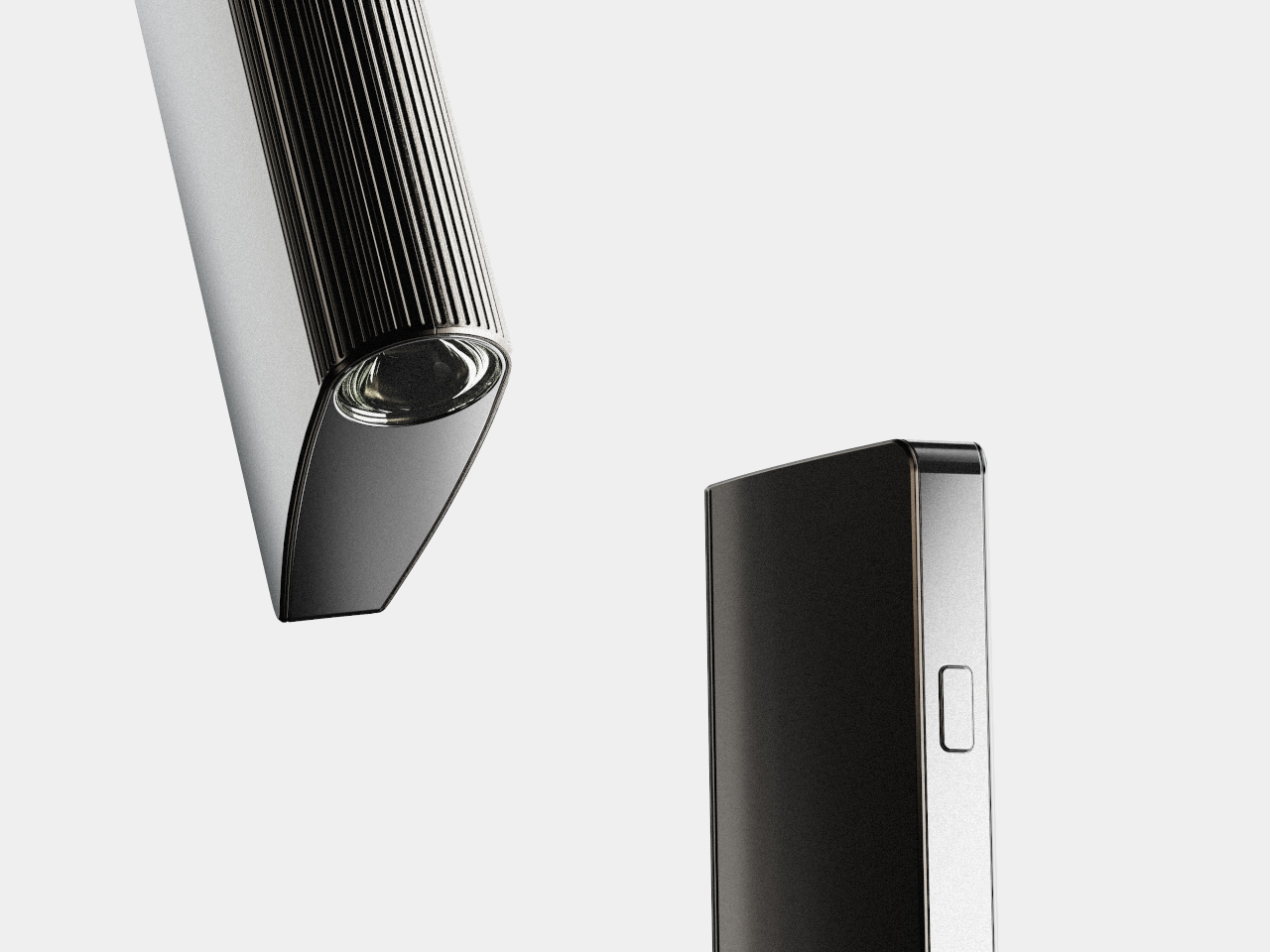
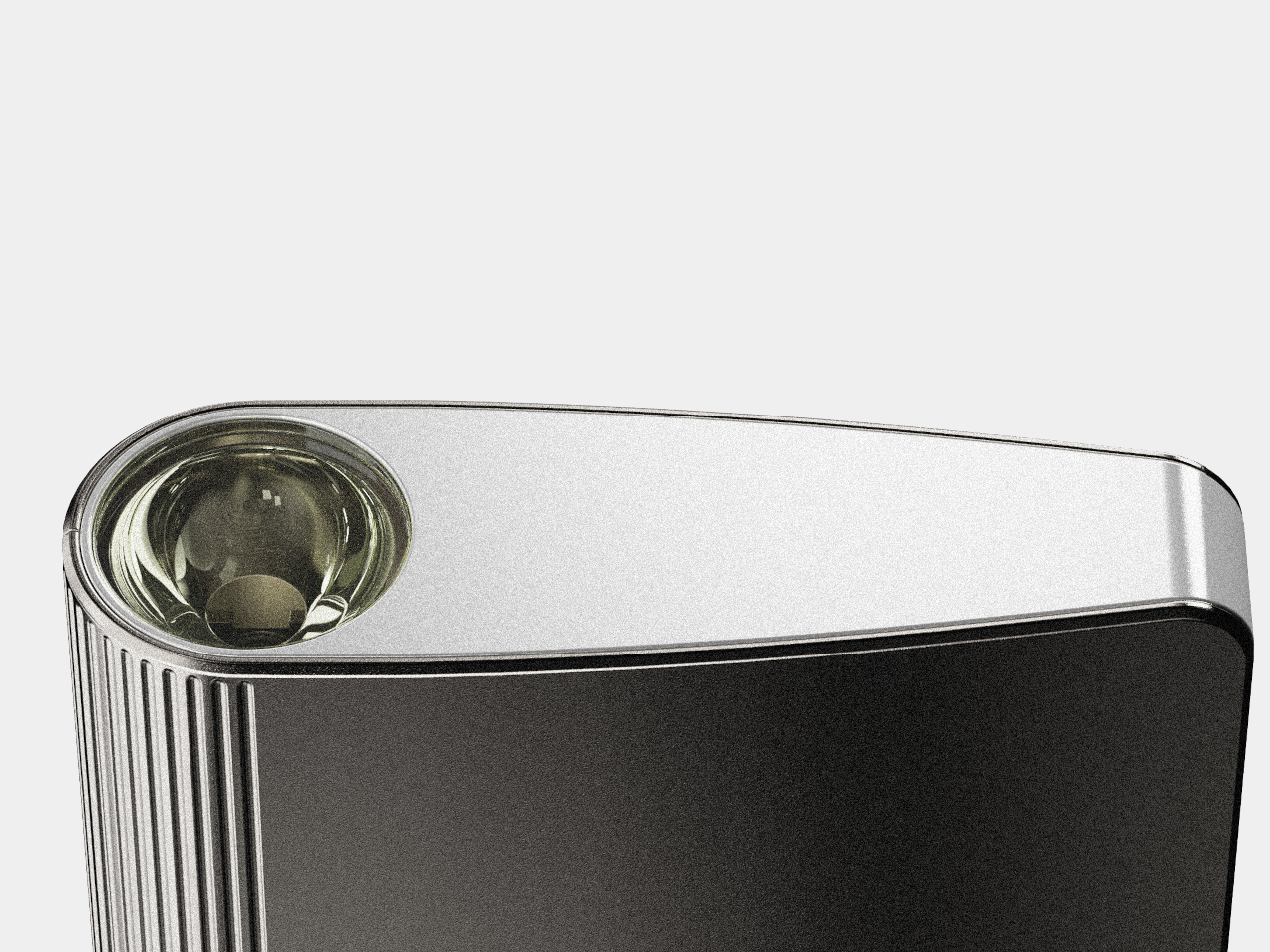
There is, of course, a good reason why conventional flashlights are shaped as long fat cylinders. They’re easy to grab and wrap your hands around, and their length allows you to possibly insert it in narrow spaces. There might also be some traces of their original inspiration, the equally cylindrical candlesticks. It might be an ergonomic design, but ergonomics can change over time as well.
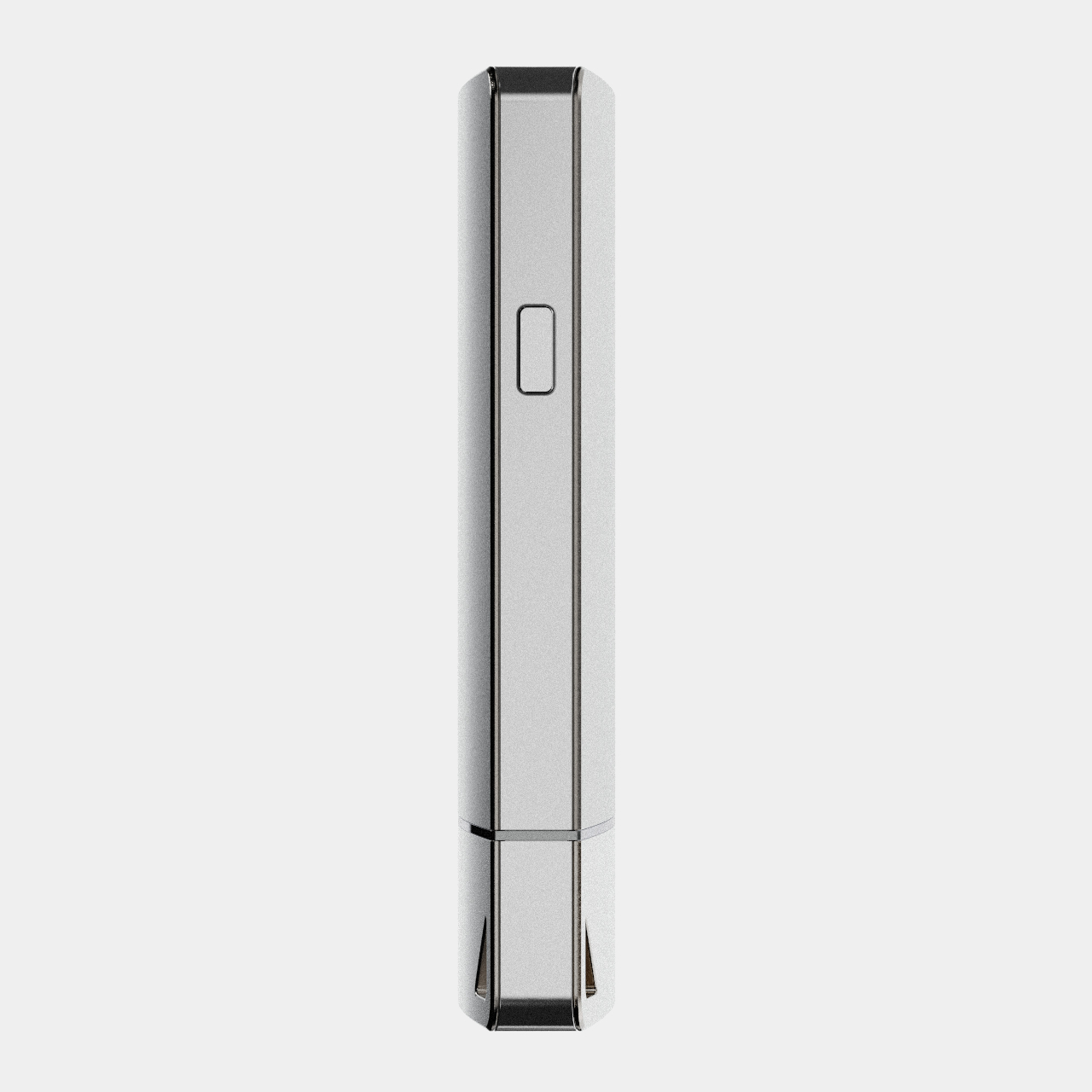
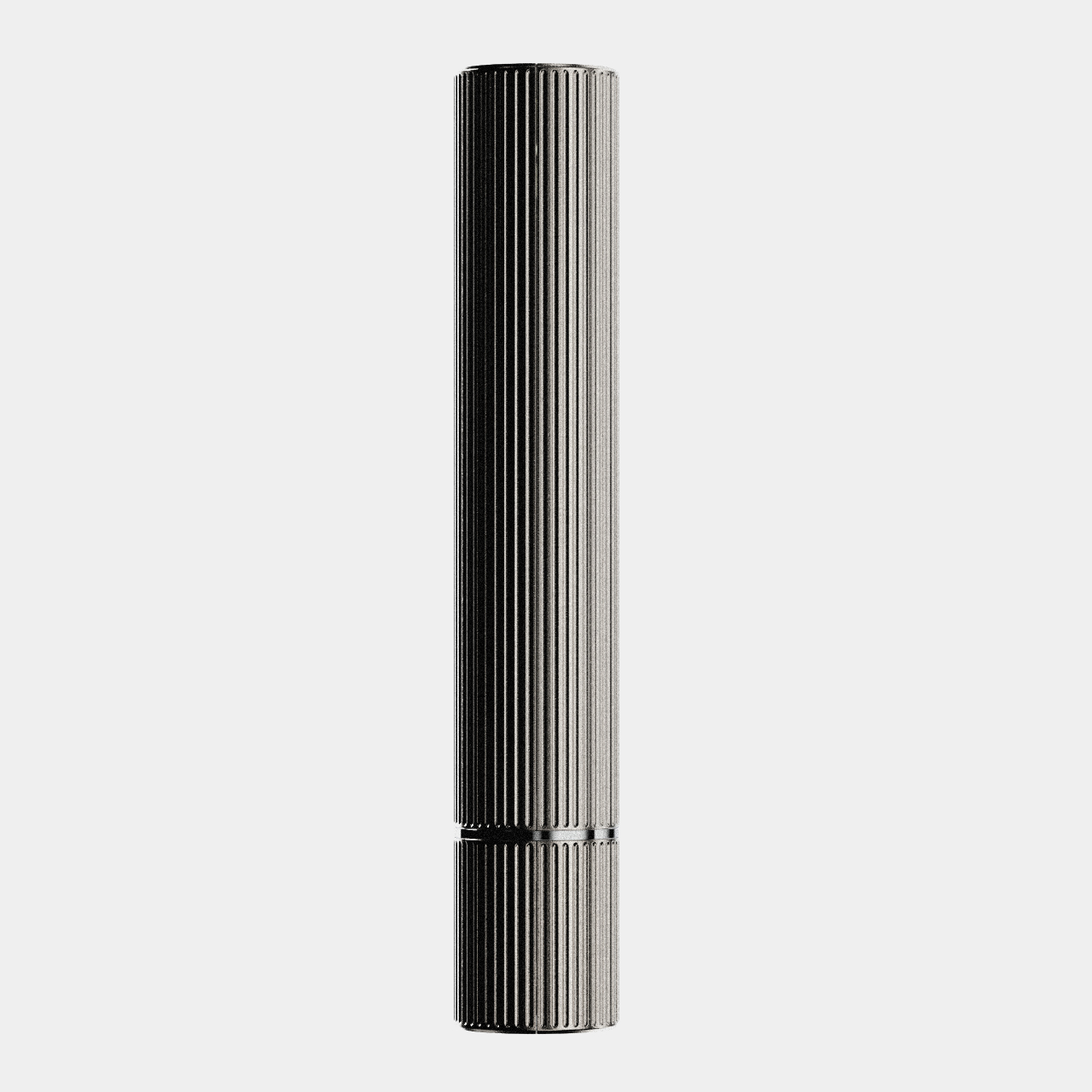
Today, for example, many people are just as adept at grasping their smartphones in their hands, which is the inspiration behind the WHITT concept. In a nutshell, it takes the basic form of a smartphone but puts the internals of a flashlight instead. It’s not a completely faithful recreation of a smartphone, of course, considering it tapers to one side a bit. It actually looks more like a lopsided flask or even a handheld laser projector in this case.
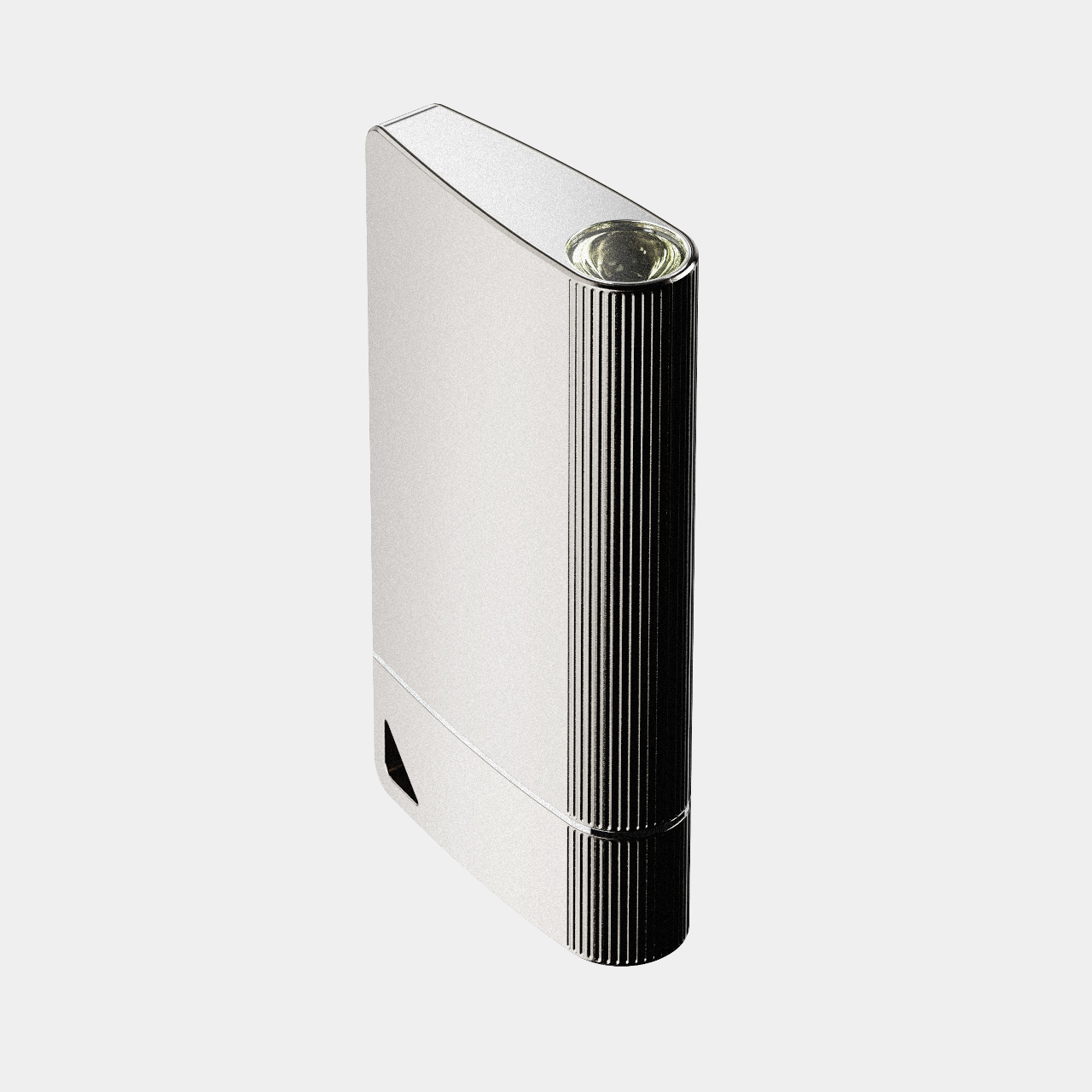
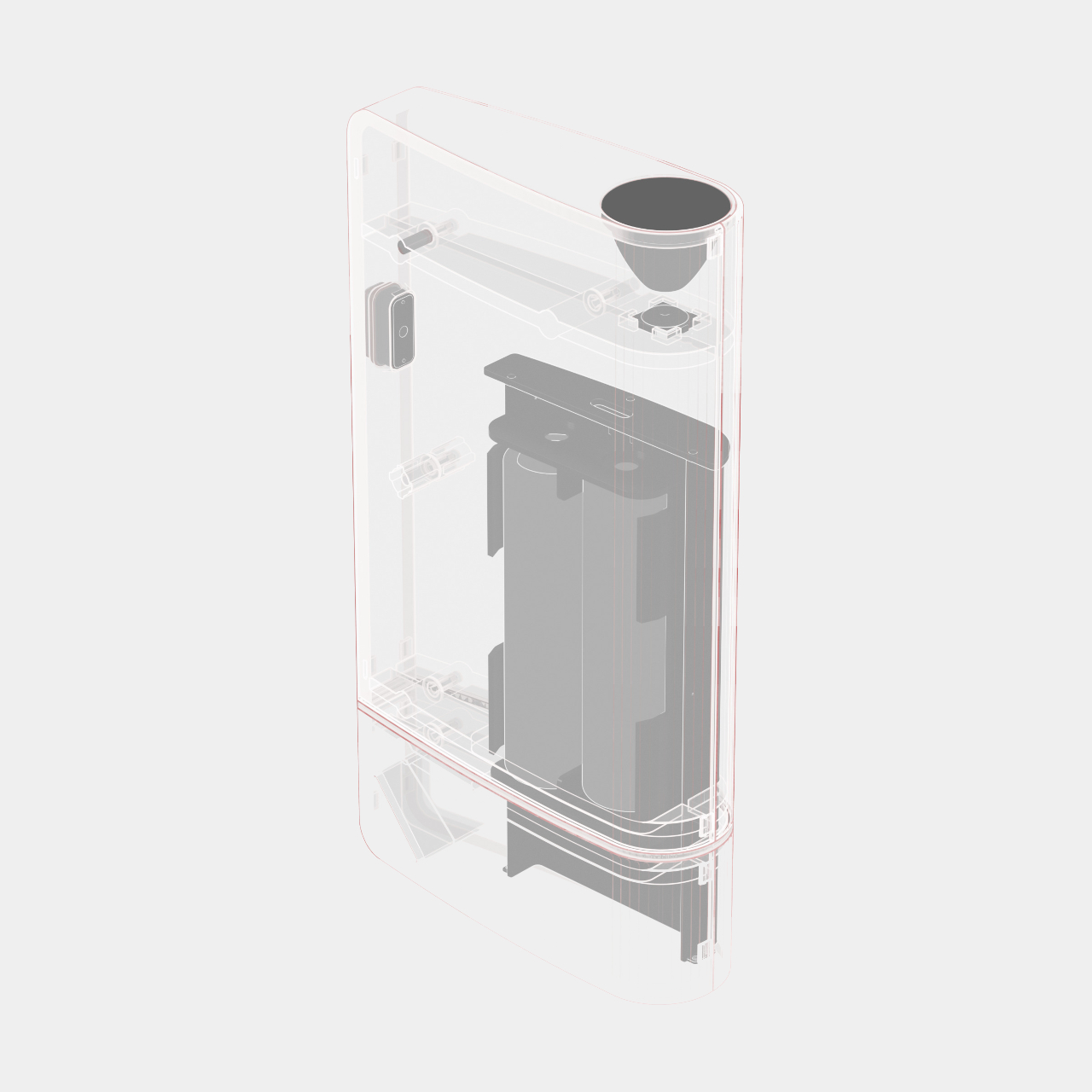
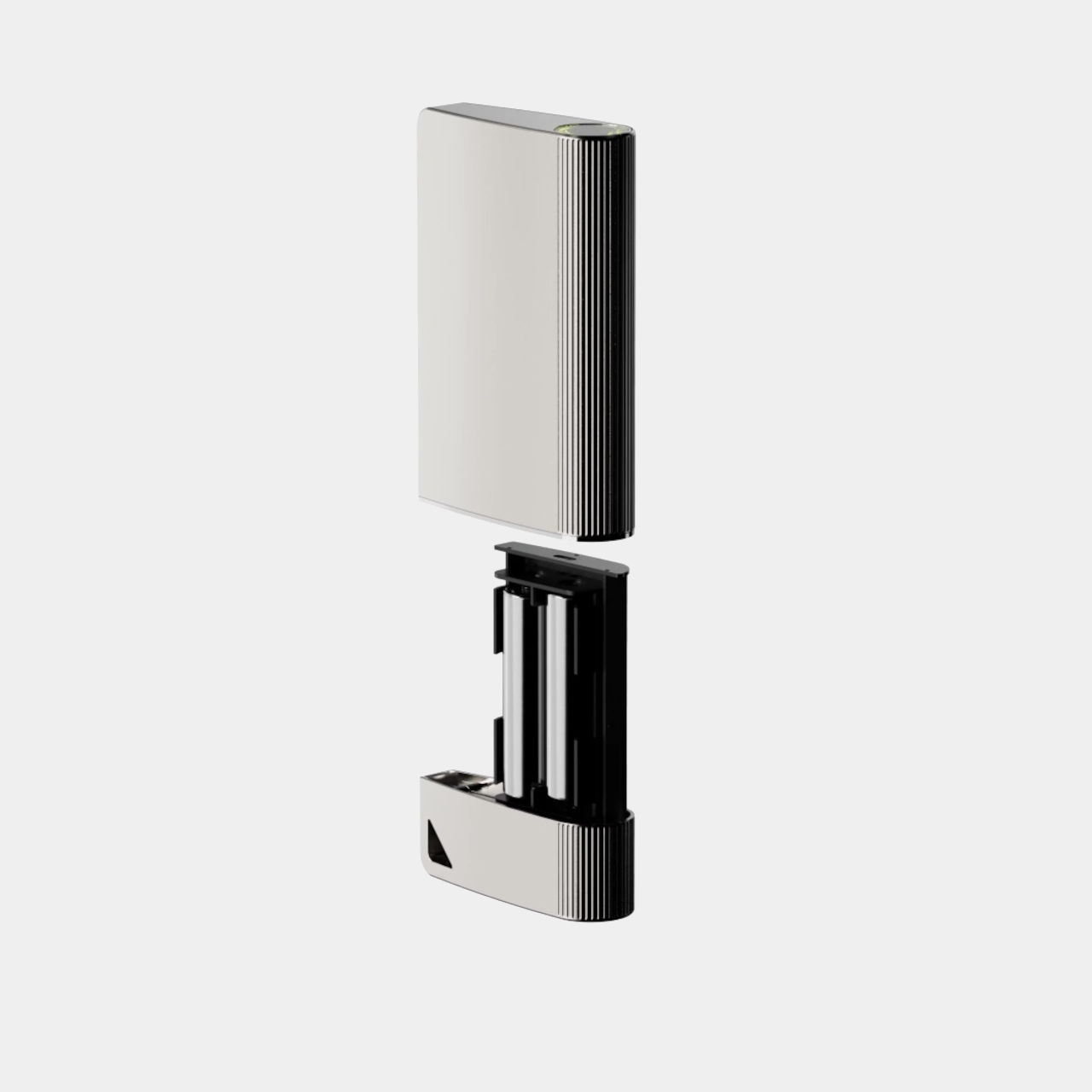
WHITT is also operated like a smartphone, at least when it comes to turning it on and off. The button is at the side, like where you would find a phone’s own power button, which is something we probably unconsciously push dozens or even hundreds of times a day. The similarities end there, however, as the flashlight isn’t even powered by rechargeable batteries. It uses two AA batteries that can be easily swapped out, unlike the fixed batteries inside smartphones.
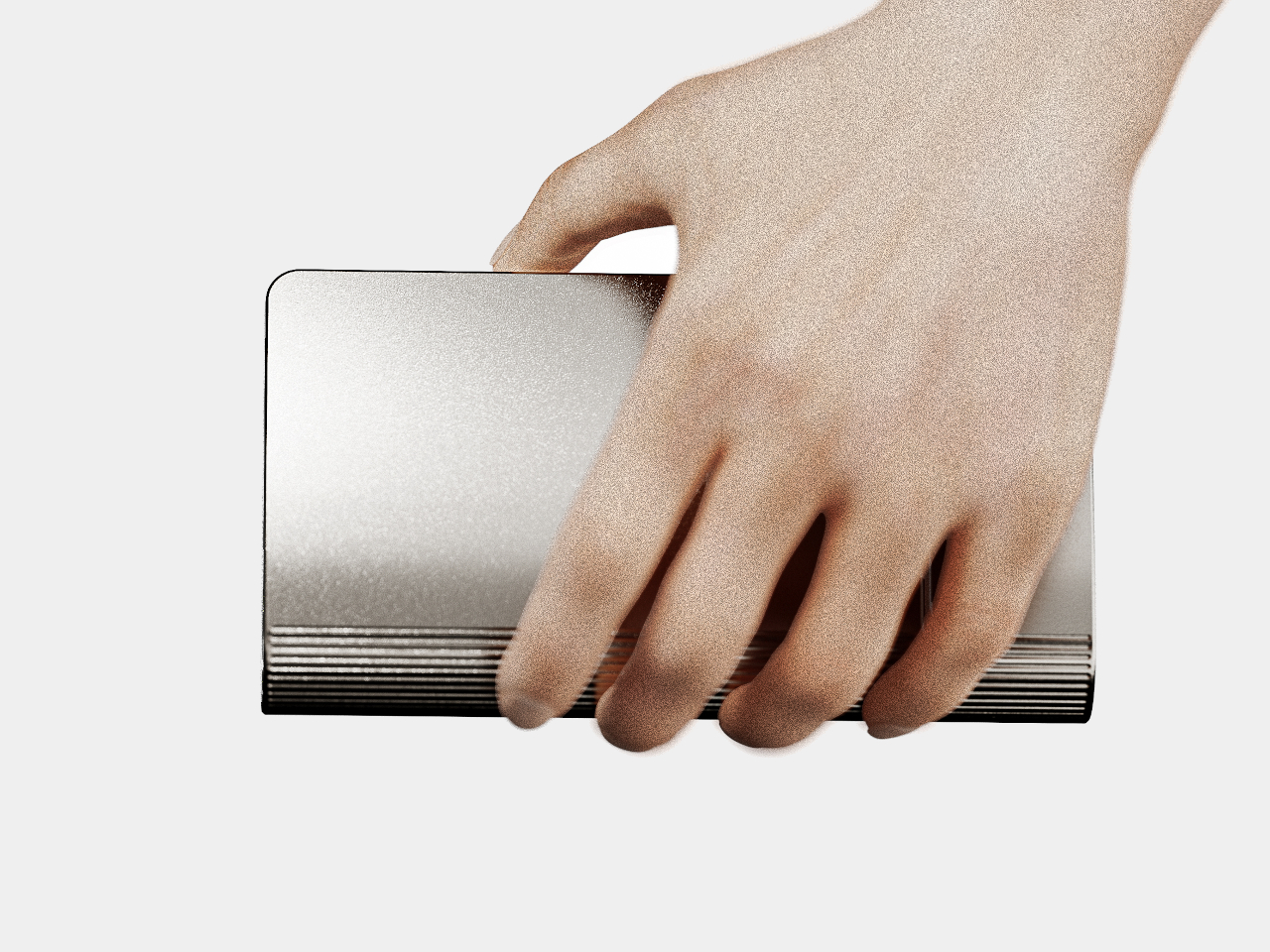
As interesting as the design might be, it still leaves the question of ergonomics hanging. Opposite the tapered side is a curved edge with a ribbed surface that should improve the flashlight’s grip. Even then, a cylindrical flashlight is probably still easier to grip firmly, which is an important aspect of the tool’s utility.
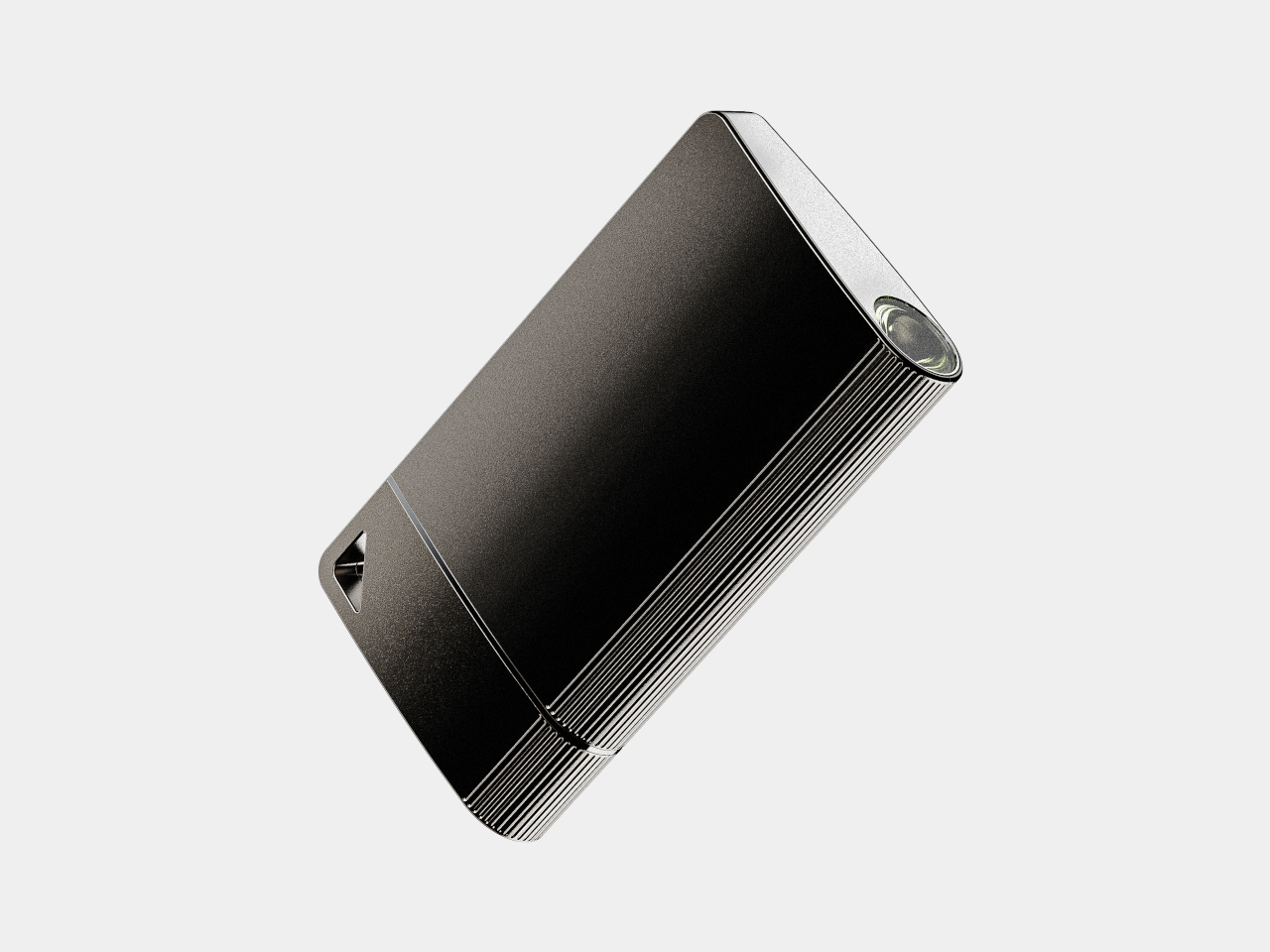
The post Flashlight design concept reframes an ordinary tool as a familiar smartphone first appeared on Yanko Design.
0 Commentaires